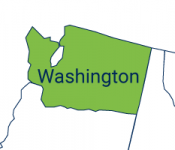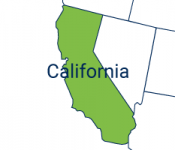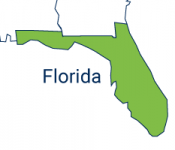
Not getting enough sleep is a common problem for the average American. Being overly tired leads to all kinds of health problems, but it also leads to major problems on the roads. According to 2018 data from the AAA Foundation for Traffic Safety, not getting enough sleep makes a driver four times more likely to crash than a driver who has slept from seven or more hours the night before.
The Drunk Driving Equivalent
Since stopping drunk driving has been a point of interest and campaign for years, most drivers are aware of the dangers associated with it. While new drivers receive instruction on the dangers, the same level of attention hasn’t been applied to drowsy driving for the public. Most will acknowledge its danger, yet up to a third of those surveyed by the AAA Foundation for Traffic Safety admitted to driving when they were dangerously tired in the last month.
The root of the drowsy driving problem is that people are too busy to spare time in their schedules to get enough rest. Looking at phones or screens right up until bedtime, trying to get too much done during the day, and not allocating enough time to sleep all contribute to drivers feeling overly tired. When starting on a long drive, drivers get relaxed and their body is finally not moving as much, leading to the body trying to get needed sleep.
When the body is overly tired, the reaction times slow down drastically, just like in a drunk person. Getting in the driver’s seat is extra dangerous in this condition. Plus, with being tired, sometimes the eyes will close for seconds or a person can nod off without meaning too, leaving the car uncontrolled. All it takes is a few seconds of being distracted or asleep for a serious crash to happen. Most responsible drivers would agree that it isn’t worth the risk.
Signs You’re Drowsy Driving
The biggest problem with driving drowsy is the same as driving drunk; drivers think they can push through and handle the situation. Most drivers who are overly tired think they can just push through the fatigue and get to their destination safely. Signs you are too tired to drive include:
- Struggling to keep eyes open and focused
- Frequent yawning
- Drifting within the lane
- Tailgating unintentionally
- Feeling irritable and restless
- Zoning out and missing signs or turns
If you notice that you are exhibiting these signs, it is time to pull off the road. Don’t try to push through it. Instead, wake yourself up by:
- Parking in a safe place and walking or running around the car
- Stopping and getting something to eat or drink, particularly something with caffeine if needed
- Find a safe spot to take a quick nap
Taking a 20 to 30-minute nap might delay arriving at your destination, but it is worth the pause to make sure you get there safely. Since drowsy driving is just as dangerous as drunk driving, it is important to recognize your limitations. Do the responsible thing and take the necessary steps to keep everyone on the road safe.



